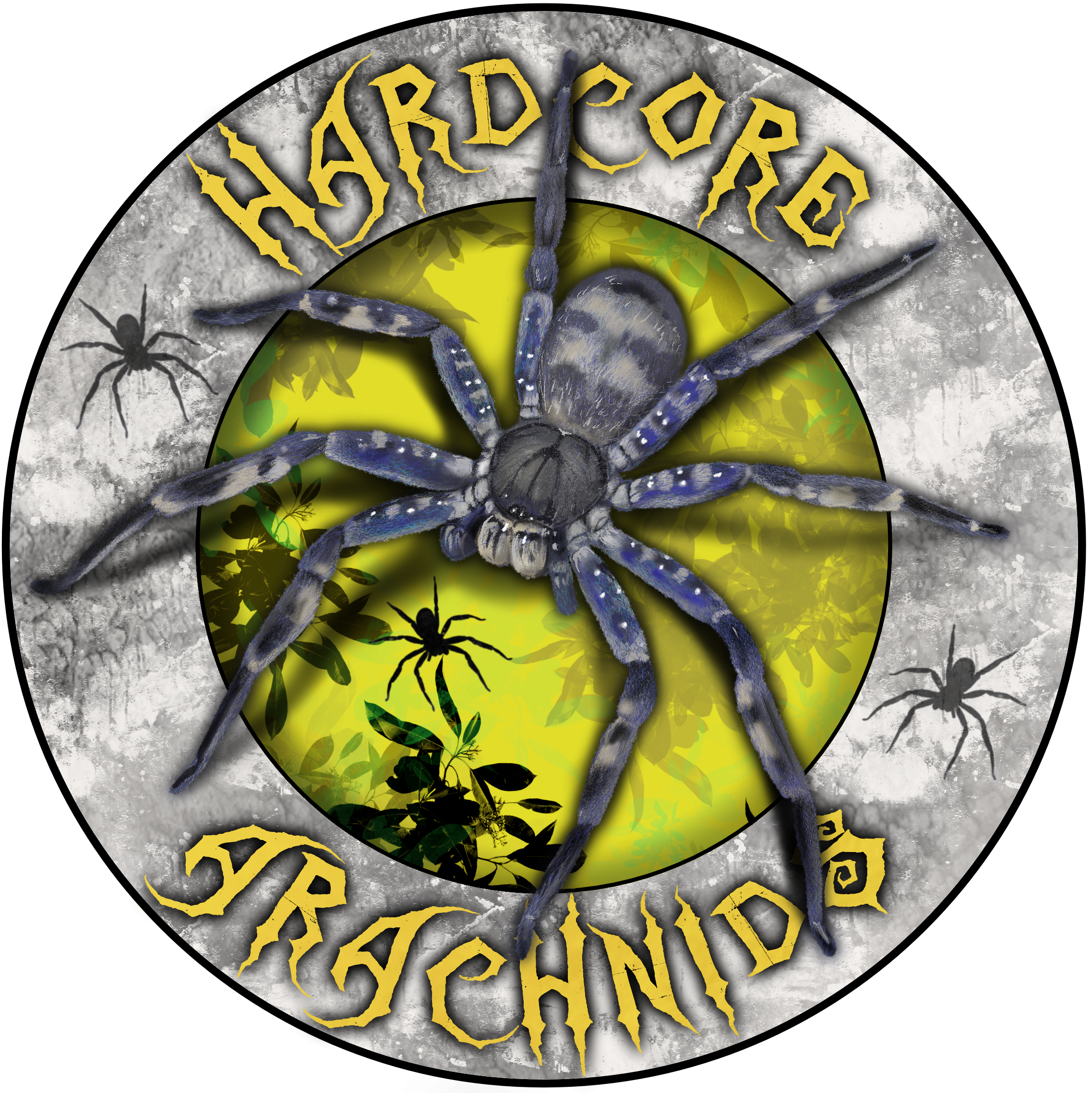Captive Breeding Notes on Theraphosa blondi (Latreille,1804)
Theraphosa blondi is easily one of the most sought after species in the hobby. Its tremendous size, has kept it a favorite by both novice and expert collectors. Although lacking in color, rumors of leg spans over 10 inches, aggressive attitudes, and an arsenal of urticating hairs have held my interest for years. Sadly, for this species it has proved to be difficult to breed in captivity. Many of the adults for sale are wild caught, and the spiderlings are often from wild-bred imports.
I keep my females in plastic sweater type boxes that measure 22"(L) x 17"(W) x 6.6"(H). There is only about 2 inches of peat moss for substrate, and a cork bark hide. I would have preferred a deeper enclosure to allow burrowing, but the female that produced this sac was a long term captive that had been established in this cage for many years.
A male from a wild caught import that I received, matured in my care in late April of 2006. I waited for my female to molt, which she then did on July 18th 2006.
9/13/06 – After several weeks of feeding the female, I decided to place the now aging male in with her. Pairing up this species can be somewhat of an aggressive act. Both spiders drum rapidly back and forth and loudly stridulate as they approach each other and hook up. Copulation generally only last a few minutes. They were paired up several times from 9/13/06 to 10/18/06.
Over the winter months, temperatures in my spider room drop down to as low as 65 degrees (F). With the cooler temperatures, the female continued to eat and started showing signs of growth in the abdomen.
In early March of 2007, I moved the female into a warmer room were I keep some reptiles. Temperatures would often range in that room between 85 – 95 degrees (F). At this point, I started to flood the dirt in the cage, increasing the humidity dramatically. As the temperatures started to warm the female became very active moving dirt all around the enclosure.
4/13/07 – The female had picked a corner to lay eggs in, and totally enclosed herself in a thick silk retreat. She did not use the cork bark hide provided to her. The next day, 4/14/07 she was holding a huge sac, covered in urticating hairs.
5/12/07 – I decided to pull the sac. This female had a history of eating them in the past, so I figured I’d play it safe. This was a good idea as the sac had 73 black eggs in it, which would have eventually spoiled more, if not all the eggs. Seventy post embryo eggs were moved into a hammock style incubator. The egg sac weighed 28 grams and measured about 4 inches across.
5/18/07 – They molted into first instar. I then moved the now free walking nymphs into a large deli cup, directly onto damp peat.
7/12/07 – Almost two months after their last molt, they molted into 2nd instar. Shortly after, they were separated and started to feed.
I ended up with a little over 60 2nd instar spiderlings. Some of them had trouble molting into 2nd instar and ended up with twisted legs. Although most of these problems seemed to correct themselves over the next few molts. It’s unclear why only half the eggs seemed fertile. A second female that was also bred and kept under the same conditions never produced a sac and eventually molted. Hopefully as the hobby grows we’ll see more captive bred babies of T. blondi and T. apophysis to help ease the burden of wild caught specimens.
Reference
Vignaud, B. 2006: Notes on the Successful Breeding of Theraphosa apophysis (Tinter, 1991). Journal of the British Tarantula Society, 21 (4): 121-126.
Theraphosa blondi female

Theraphosa blondi mature male

Theraphosa blondi mating

Theraphosa blondi female with eggsac

Theraphosa blondi eggsac

Theraphosa blondi eggsac

Theraphosa blondi post embryo aka "eggs with legs"

Theraphosa blondi first instar

Theraphosa blondi first instar sling

Theraphosa blondi first instar premolt

Theraphosa blondi second instar


